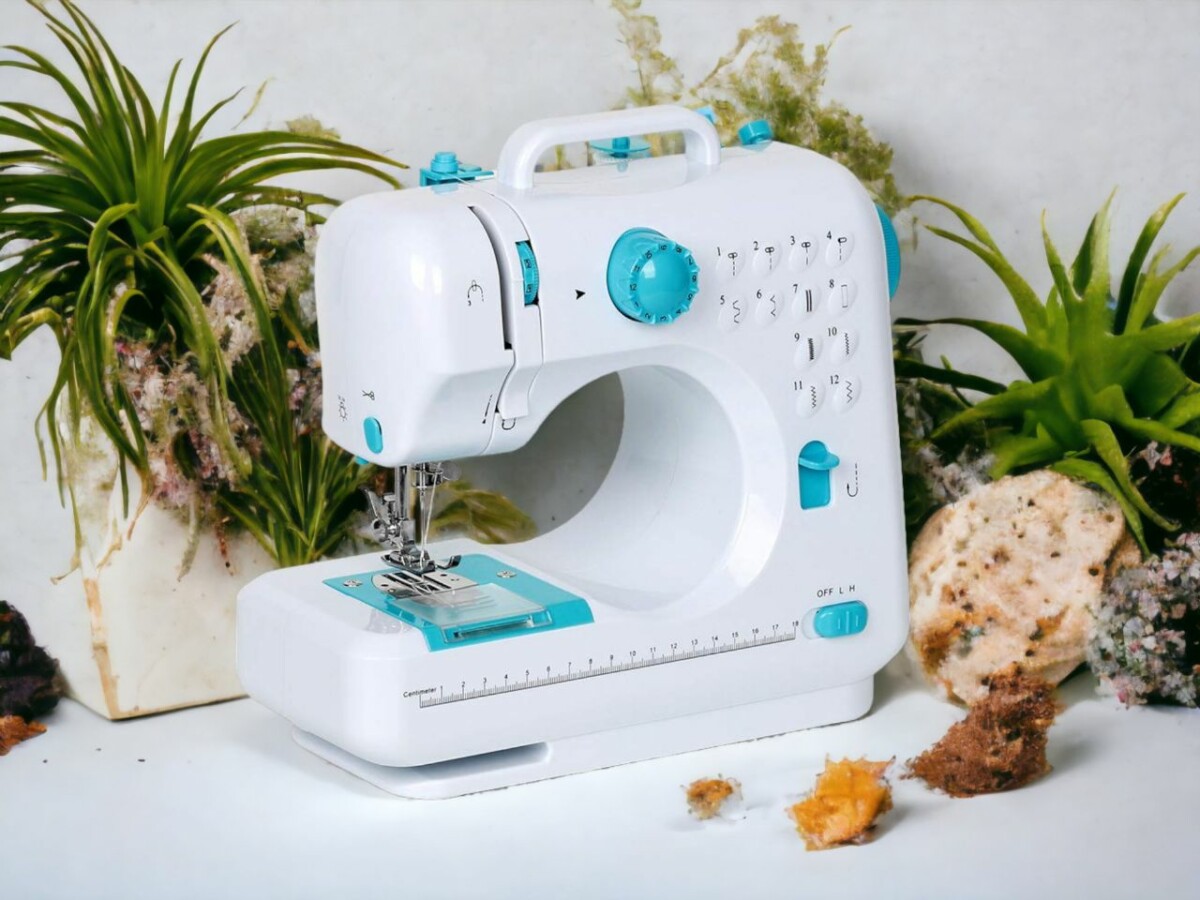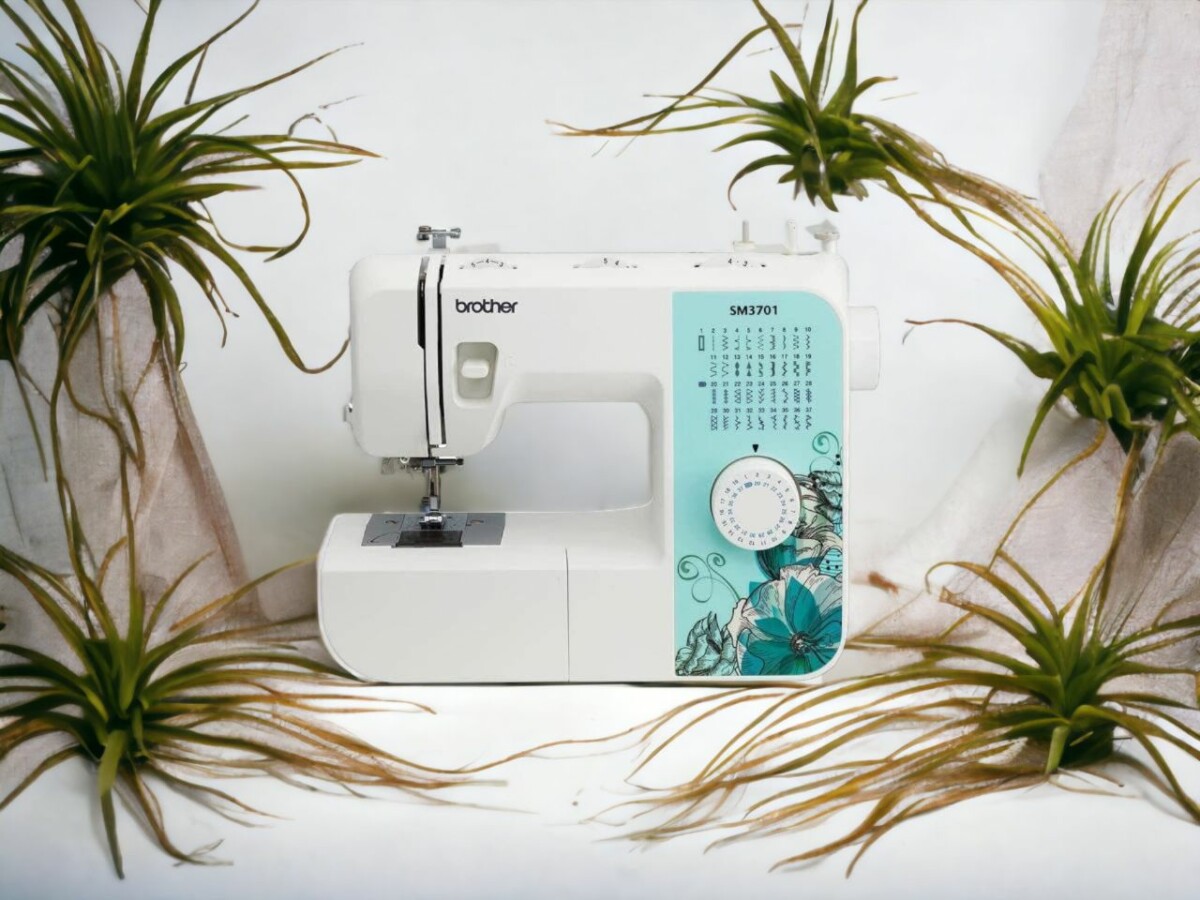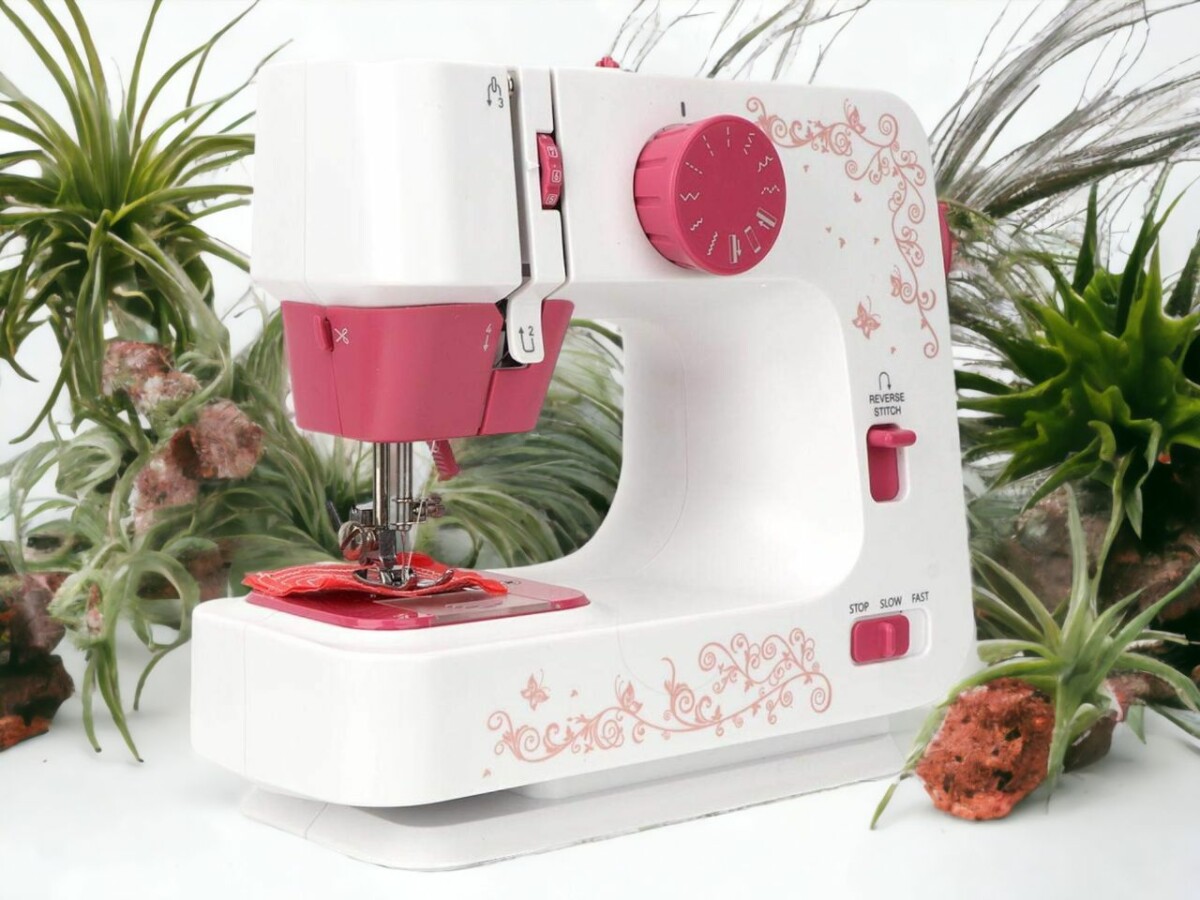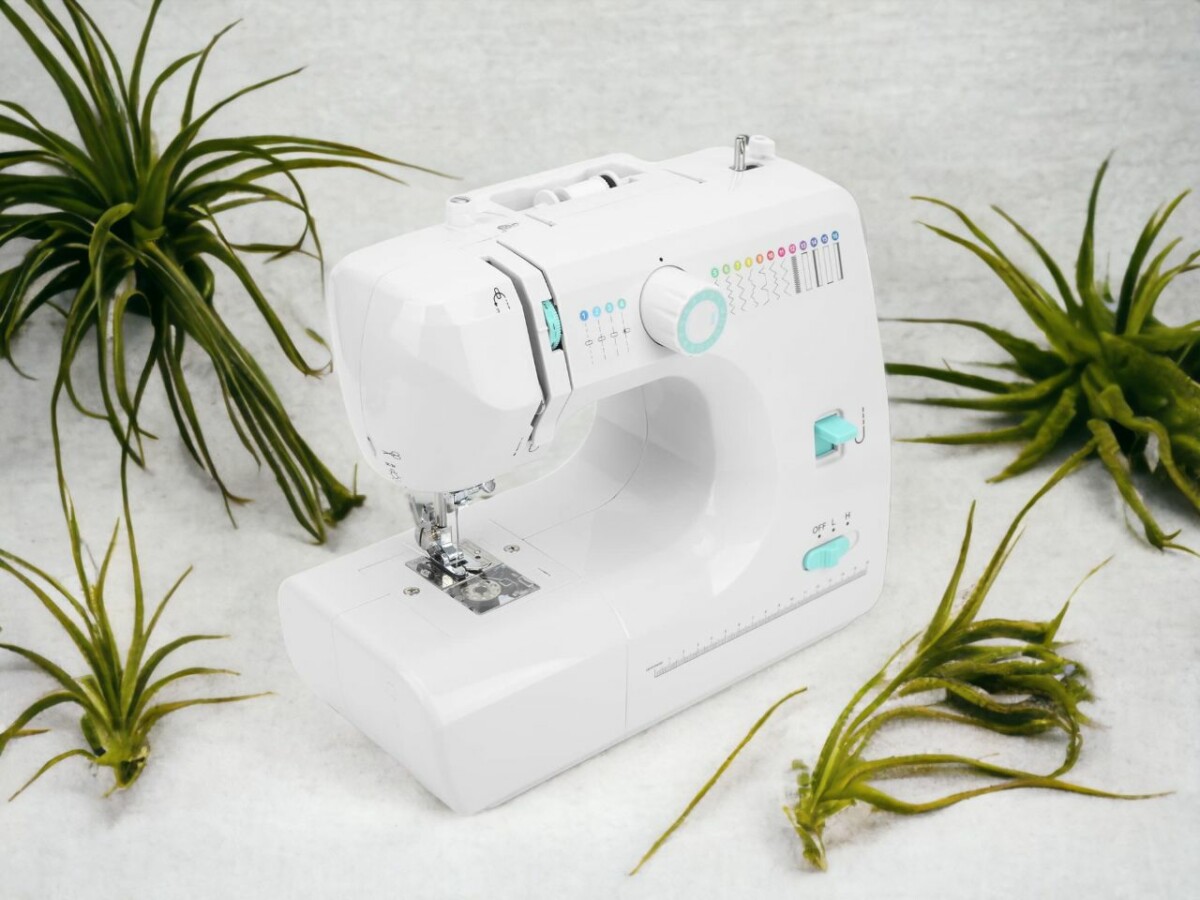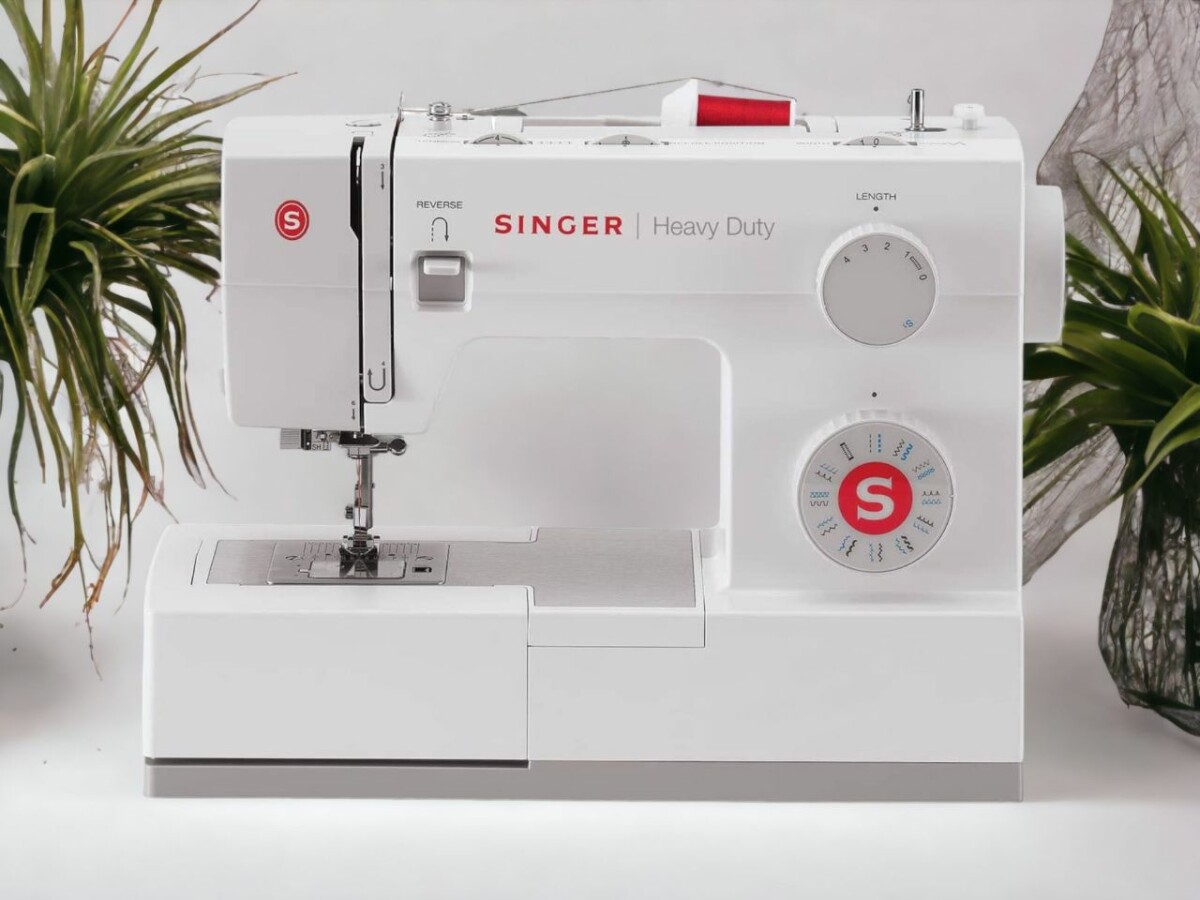So, you’ve managed to master the complex beast that is the sewing machine. But ever stop to think if it could strike back? As much as sewing is this captivating universe of imagination and design, it’s not without its sneaky hazards. From the super speedy needle to the teeny-tiny pins, there’s a whole heap of things that demand your attention.
No stress, though, we’ve got your back. We’re here to walk you through the do’s and don’ts of safe sewing. Let’s make sure your passion doesn’t come back to bite you.
Safety first, then let’s dive into the thrill of threading your dreams into reality!
Is Operating a Sewing Machine Risky?
While sewing machines are safe to use when handled correctly, they do house moving parts and needles which can cause harm if mishandled. Always read the user manual, stay focused, keep your fingers clear of moving parts, and switch off the machine while adjusting it.
You might reckon you’re bulletproof in the sewing world just because you’ve been at it for donkey’s years. But let’s not forget, even the most seasoned pros can turn a blind eye to the sneaky perils lurking in our sewing machines. If you’re not on top of your game with the upkeep, you might be in for some nasty surprises that lead to your average sewing machine mishaps.
Take, for example, an ignored needle. That little guy could snap, catapult into the air and – bam! – you’ve got yourself an injury. That’s why it’s an absolute must to keep up with regular check-ins and switch-outs to sidestep these pesky hiccups.
And don’t even get me started on keeping your workspace neat and tidy. Loose threads and offcuts can get snagged, throwing your machine into a tailspin. Let’s face it, your sewing machine isn’t some low-maintenance gadget you can just shove aside and forget about. It’s a sophisticated piece of kit that demands your regular attention.
Essential Safety Precautions for Using Sewing Equipment
Sewing can be a seriously satisfying pastime, but hey, let’s not forget that safety is key. From wrangling those pointy tools to keeping your gear in check, each step is mega important in dodging any mishaps.
I’m gonna spill the beans on some must-know safety tips from my own sewing saga, that’ll help you tread through your sewing adventures with as little drama as possible.
Handling Sharp Sewing Tools
Ever thought about the risks of messing with those sharp sewing tools? It’s not all fun and games, you know. Safety is key, and it’s all about how you handle your gear. Holding your tools right is a game-changer – a solid grip ain’t just about precision, it also keeps you from any mishaps. Tools like seam rippers, scissors, and rotary cutters? Yeah, better handle them with kid gloves.
And let’s not forget about distractions – they’re the ultimate party poopers. You lose focus for just a sec, and bam, you’re nursing a nasty cut. So, always keep your eyes on the prize – your work and your tools. Trust me, I’ve had my fair share of close shaves with sewing machines and sharp tools, and it’s taught me one thing: Safety is no joke.
Preventing Sewing Equipment Accidents
Listen up, it’s not just about treating your tools like gold, but also about keeping your workspace tidy and safe to dodge those pesky sewing equipment accidents. Making your sewing machine’s upkeep a top priority is a game-changer. It not only gives your machine a longer life but also keeps you out of harm’s way.
Here are some simple yet effective steps to keep accidents at bay:
- Keep your workspace tidy: Get rid of any mess to sidestep unexpected mishaps like cuts or slips.
- Master your craft: Get the hang of proper sewing techniques. Take advantage of online guides and tutorials to make sure your sewing game is on point and safe.
- Regular check-ups: Don’t be a stranger to your sewing machine’s needs. Regular check-ups ensure it’s working like a well-oiled machine.
- Gear up: Don’t forget your best pals—thimbles and safety glasses. They’re your first line of defense against accidents.
The Role of Specialized Safety Accessories in Sewing
You may not think about it much, but trust me, specialized safety gear is a game-changer when it comes to sewing. It’s not just about being a whizz with a needle; it’s also about making sure you don’t end up in the ER with a sewing-related injury. From my years in the game, I’ve realized that understanding safety is just as important as mastering the craft.
Safety accessories, especially the innovative ones, have made a serious dent in decreasing accidents. But, you’ve got to stay woke to their benefits too. For example, something as simple as a cover for your seam ripper can save you from a nasty cut. Likewise, a needle inserter and threader can prevent those wince-worthy accidental pricks.
And that’s not all, we’ve got finger guards, needle plates, and spool pin felts – and trust me, they’re not just fancy add-ons. These are designed to keep you safe and injury-free. So, remember, the end goal isn’t just to create something awesome, but also to do it without a scratch. Safety first, always!
The Risk of Worn-Out Sewing Tools: A Focus on Seam Rippers
Chances are, lurking in your sewing kit, you’ve got a few tools that have seen better days. And let’s be real, it’s usually the seam ripper that’s taken the most hits. Using these tired old tools, and particularly a blunt seam ripper, can open up a whole can of worms you really don’t want to deal with, like accidentally injuring yourself or messing up your precious fabric.
So here’s the lowdown on some of the risks of sticking with old tools, especially those tired-out seam rippers:
- You’re more likely to slip, which could lead to a nasty cut.
- There’s a greater chance of you messing up your fabric – not cool.
- You might find yourself straining your hand because you’re having to use more force.
- And the frustration of it all could end up with you losing focus and having a mishap.
Proper Handling of Sharp Sewing Tools: Pins, Needles, and Scissors
Embarking on your sewing adventure, it’s super important to be careful with those sharp tools like pins, needles and scissors, trust me, I’ve been there.
From my own bumps and bruises, I’ve learned that storing these tools correctly is key to avoiding any unwanted mishaps.
Safe Storage Practices
You might reckon that throwing your sewing tools just about anywhere doesn’t really make a difference, but let’s hit the brakes on that thought. Properly storing your gear is key, not just for keeping them in tip-top shape for years to come, but also for minimizing those pesky, and sometimes painful, accidents.
Here’s the lowdown on some storage hacks you might want to adopt:
- Cap those pointy tools: We’re talking about needles, pins, and scissors. Slapping on some protective covers keeps them sharp and you out of the ER.
- Sort out your sewing stash: Pincushions are a godsend for needles, and a scissor holder can keep your shears in check. Not only will your workspace be less of a hot mess, but you’ll also save precious time hunting for your tools.
- Stash them high: Got kids? Be sure to tuck your tools away in a high, locked drawer. It’s a surefire way to keep curious little hands safe.
- Clean like a boss: Dirt and dust are your tools’ arch-nemeses. Get into the groove of giving them a good clean on the regular. Trust me, keeping your sewing gear organized and stored properly is a game-changer in creating a safe sewing sanctuary.
Accident Prevention Measures
So, listen up! There are three main bad boys in the sewing world that can cause you some serious headaches: pins, needles, and scissors. But hey, don’t freak out! With a little caution and a few pro tips, you can dodge any potential mishaps.
Just remember, safety training isn’t a joke. It’s super important to treat these sharp tools with respect. Always keep your eye on the ball, never pop pins or needles in your mouth, and don’t leave scissors chilling on your fabric.
Why not use grippers for your quilting rulers, and keep your seam rippers fresh by regularly swapping out the old ones? These are some pretty solid ways to prevent any accidents.
Oh, and if you’re a pet parent, keep your guard up. Seriously, a little caution can totally change your sewing game and make it safe and fun.
Sewing Around Pets: Extra Precautions to Consider
Sewing is a super cool hobby, right? It’s all about letting your creativity flow. But hey, when our four-legged buddies are around, we’ve got to step up our game to keep them safe. Our sewing machines, though looking harmless, can pose some real threats like electrocution or entanglement. No need to panic, though, here’s the lowdown on how to tackle this:
Rule number one, always remember to unplug your machine when you’re not using it. It’s a simple step, but it could save your pet from a nasty shock.
Second, keep your cords and threads neat and tidy. It’s so easy for our curious fur babies to get tangled up and trust me, that’s a situation you want to avoid.
Third, it’s not enough to just turn off your machine when you’re done. Make sure to put all your sewing paraphernalia out of their reach. You know how it is, pets love exploring and you don’t want them getting into your sewing stuff.
Lastly, consider setting up a pet-free zone for your sewing. It might seem a bit harsh, but it’s all for their safety. Plus, it’s nice to have a space where you can let your creative juices flow without any interruptions.
Mastering the Might of Your Sewing Machine
Let’s get real about sewing machines for a moment. They’re not these scary machines that’ll eat you up in a heartbeat. They’re more like misunderstood helpful companions. So, what’s the deal? What does a thimble thug need to know to conquer the world of fabric with these wonderful machines?
First of all, it’s all about knowing what your buddy, the sewing machine, can do for you. For example, ever thought about if you can sew jeans with a regular sewing machine? Or, perhaps, have you pondered on how you can sew upholstery with a regular sewing machine? Of course you have. ‘Cause you’re inquisitive, you want to learn the scope of your machine’s powers. And guess what? Your regular sewing machine can do wonders – some that might actually surprise you.
You see, understanding your machine means you’re less likely to run into panic mode when something doesn’t go exactly to plan – which let’s be honest here, happens more often than not. Take a deep breath, we’ve all been there.
And here comes the fun part. Ever heard of a serger? Yeah, that mysterious caped crusader of the sewing world. You might find yourself questioning whether you can use a serger as a regular sewing machine? Well, it’s time to lift the veil on this question and get straight to the point. You’ll be amazed at the possibilities!
So, scary? Nah. With a bit of know-how and the right attitude, you’ll be a stitching superstar in no time.
I have been in the embroidery field for over 10 years. My career first started when I was an apprentice to a local seamstress where I started to learn the basics of garment construction and alterations. That’s where I started to love sewing and began to hone my skills even more.


